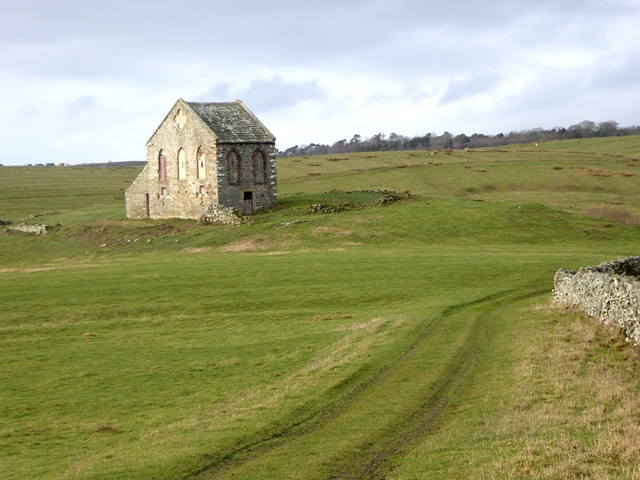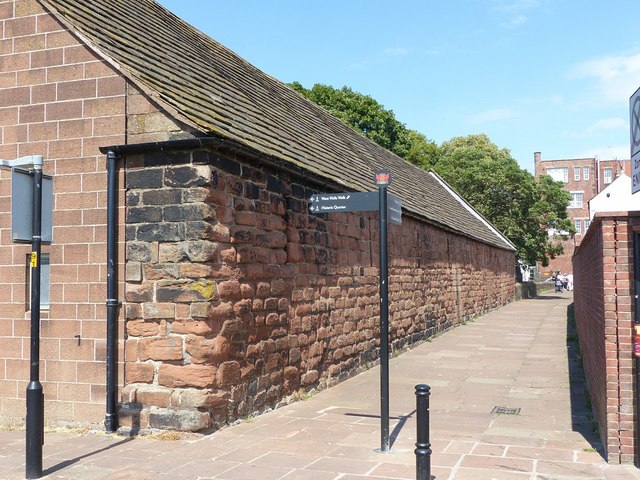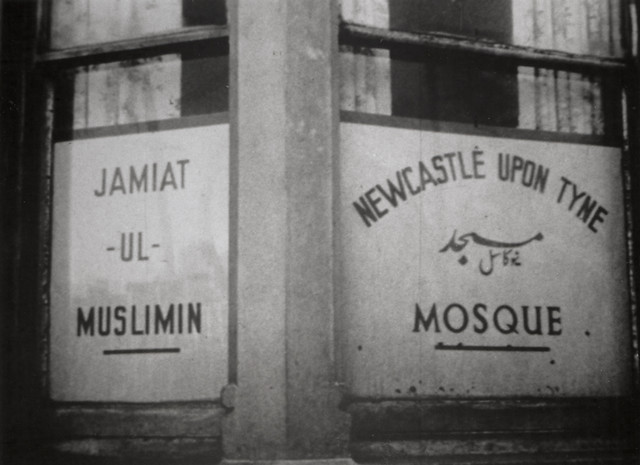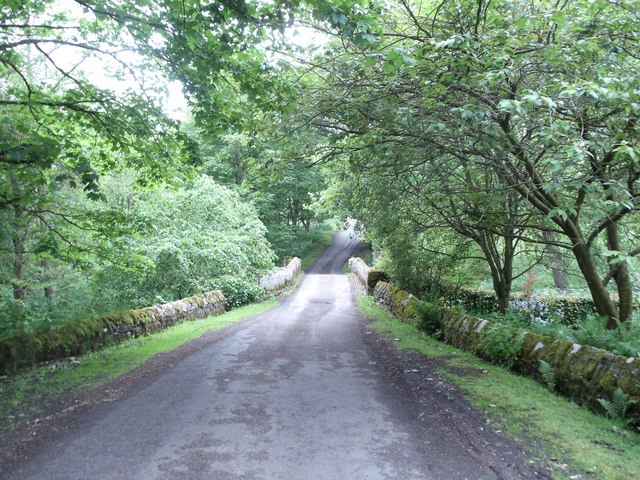Tithes
From Medieval times, tithes had traditionally been a tenth of annual produce or earnings, taken as a tax for the support of the Church (who owned the land), typically paid in the form of crops, livestock or products. Tithe barns, often associated with the village church or rectory, were sometimes used to store the crops and products from local tenant farmers. Clergy weren't paid directly, instead they were typically given a vicarage/rectory to live in and lands from which to derive their income ("the Living") during their office. After the Reformation (16th-17th century), some land ownership passed from the church to lay owners ("improprietors"), who inherited the right to receive tithes (termed "impropriate tithes").
In 1836, the Tithe Commutation Act 1836, allowed for the substitution of tithes (payment in kind) with money payments. Tithe Commissioners were appointed to oversee the administration of this Act of Parliament and conducted Tithe Surveys between 1836 and 1850, to record and map land ownership, use, and tithe payments. Tithes were then "commuted", usually for an annual amount of monetary payment (or tithe rentcharges), often paid to the Ecclesiastical Commissioners or direct to a specific member of the clergy or church, or to the land owner.
The Tithe Act 1891 was significant in making the land owner liable for the tithe, not the occupier. The Tithe Act 1918 allowed landowners to convert tithe rentcharges into annuities under orders of the then Board of Agriculture and Fisheries. Further legislation in 1925, 1936, and 1951 reduced tithe payments. The Tithe Act 1936, abolished the old system of tithe rent charges and replaced it with redemption annuities, payable to the state, and compensated former tithe owners. However, it wasn't until the Finance Act 1977, that tithes were finally abolished.

Co-Curate Page
Tithe Barn
- Tithe barns were common across much of northern Europe in the Middle Ages. Farmers were required to give one-tenth of their produce to the Church, and these 'tythes' were stored …

Co-Curate Page
Tithe Barn, Monk Farm, Allendale
- Overview Map This former tithe barn is located a short distance south-west of Monk farmhouse in Allendale. The barn is thought to date from the 17th century, and was reconstructed …

Co-Curate Page
Tithe Barn, Carlisle
- Overview Map Street View The former Tithe barn for the Augustinian Priory of St Mary is located on West Walls by Heads Lane in Carlisle. It was built in the …


Co-Curate Page
Tithe Barn
- Tithe barns were common across much of northern Europe in the Middle Ages. Farmers were required to give one-tenth of their produce to the Church, and these 'tythes' were stored …

Co-Curate Page
Tithe Barn, Monk Farm, Allendale
- Overview Map This former tithe barn is located a short distance south-west of Monk farmhouse in Allendale. The barn is thought to date from the 17th century, and was reconstructed …









